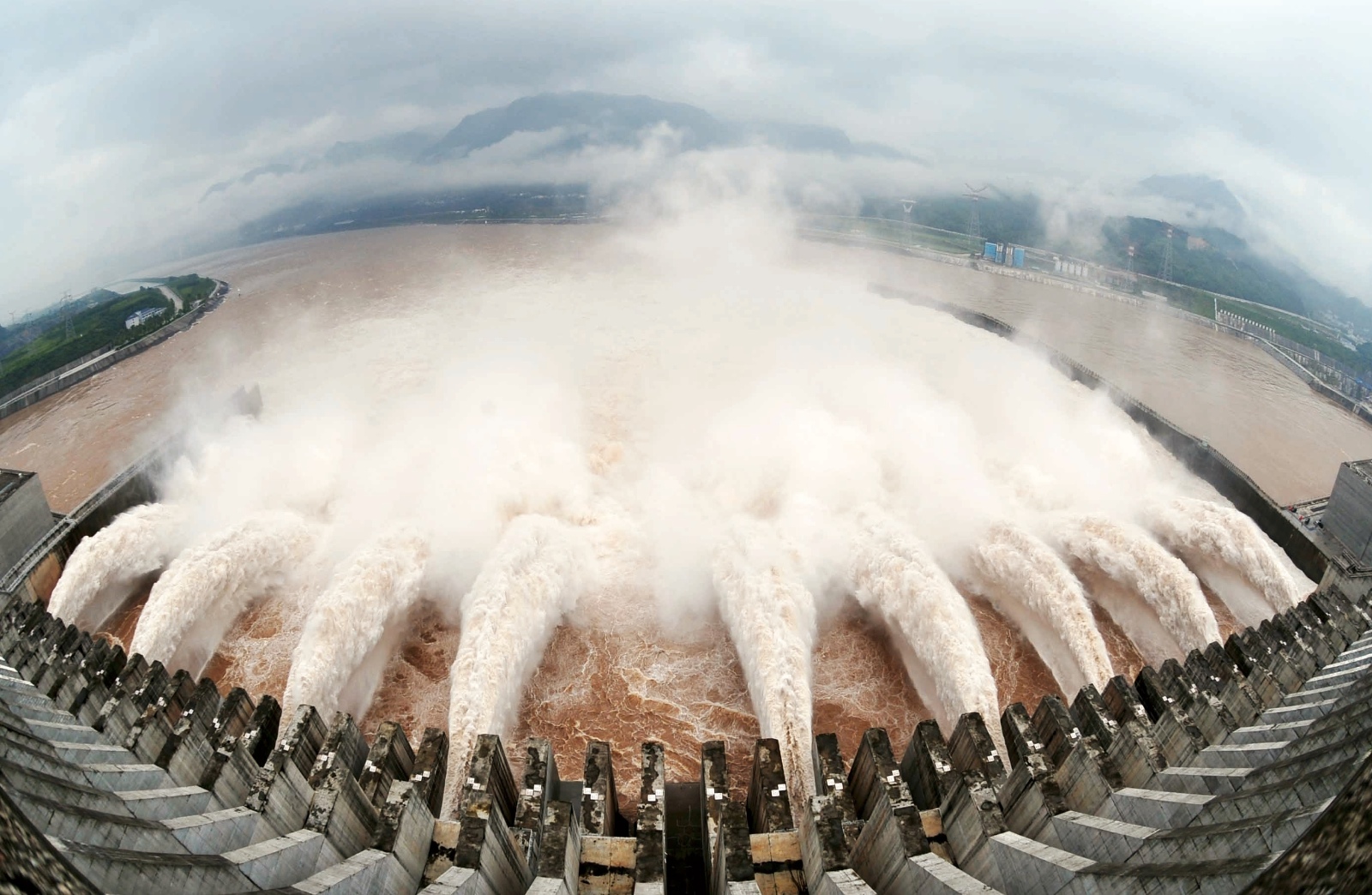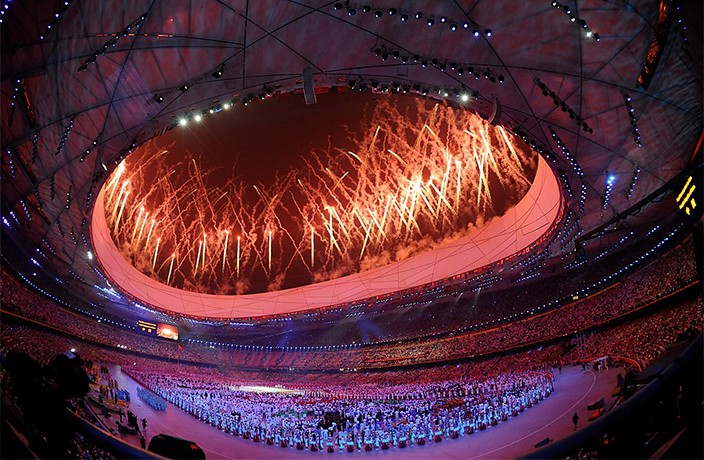Epic yet quiet, spanning continents, costing billions of dollars and affecting environmental, socio-economic and industrial sectors around the world, the race for water began long ago — and China had a head start. According to Robert Gusentine’s op-ed ‘China’s Water Grab’ in the Washington Times, “‘Oriental despotism’ arose in Asia because of the need in China and elsewhere to control the water supply.” In order to hydrate the masses, the Middle Kingdom has embarked on a mission of “water grabbing” for centuries – or land grabbing with water rights as the main incentive.
In 2005, the International Water Management Institute projected that by 2025, 1.8 billion people would live in water-scarce areas – including China. The message was clear, and both the government and private companies began seeking ways to capitalize on water both inside and outside the country’s borders. Though protested, one of the largest national water projects in the world was eventually approved, the Three Gorges Dam, displacing 1.3 million villagers and dredging up a heap of sediment and controversy as it opened its floodgates in 2009.
The colossal structure sits atop the Yangtze River, covering 1,045 square kilometers in Hubei province. In January, Xinhua reported the dam as beating the previous world record for hydropower generation, saying it generated more than 98.8 billion kilowatt-hours (kwh) of electricity in 2014 – the equivalent of over 11 nuclear reactors in terms of energy output.
"China is engaged in the greatest water grab in history. Not only is it damming the rivers on the plateau, it is financing and building mega-dams in Pakistan, Laos, Burma and elsewhere and making agreements to take the power."
While the dam reduces coal consumption by millions of tons a year, increases the Yangtze’s barge capacity and significantly lowers the transportation costs of consumer goods, it has garnered criticism for its displacement of 1.3 million people and unprecedented flooding of farmlands, factories and mines over 632 square kilometers of land. Additionally, NASA pointed out early on that the project would slow the rotation of the earth slightly.
Dams are one of the most common and impactful forms of water grabbing. China plans to continue this approach of collecting water by building dams in the Himalayas on the Tibetan Plateau. As Gusentine observed, “The Tibetan Plateau and surrounding Himalayas hold the headwaters of many of the continent’s largest rivers, including the Yellow, Yangtze, Mekong, [and] Ganges⋯ all of which combine to supply fresh water to nearly half the world’s population.” The Mekong winds through Burma, Laos, Thailand, Cambodia and Vietnam. China commissioned their first dam of the Mekong in 1992, and today has several along the river in Yunnan province.
READ MORE: Dark Waters: A Thirsty Shenzhen
In 2013, the Guardian reported Indian geopolitical analyst Brahma Chellaney as saying about China’s presence in the region: "China is engaged in the greatest water grab in history. Not only is it damming the rivers on the plateau, it is financing and building mega-dams in Pakistan, Laos, Burma and elsewhere and making agreements to take the power," meaning the race for water often gets tied to the race for energy.
Water experts from various research and conservation groups, like NGO International Rivers, have warned of the devastating effects to the lake and local people if completed – even going so far as to compare it to the destruction of the Aral Sea.
In Africa, the water-energy combo has become one of the most socio-politically debated issues between countries, with Chinese entities playing an important role: bankrolling. Both the Industrial and Commercial Bank of China and the China Development Bank have given loans of USD500 million each to back Ethiopia's Gibe III Dam. Water experts from various research and conservation groups, like NGO International Rivers, have warned of the devastating effects to the lake and local people if completed – even going so far as to compare it to the destruction of the Aral Sea.
After completion, the dam will power the third largest hydroelectric power plant in Africa, doubling Ethiopia’s previous power supply to output 1,870 megawatts. While the dam was planned to power not only Ethiopia but Kenya, Sudan and Djibouti, no power purchase agreements have been signed. With lack of transparency about the project conducted in a region already prone to conflict (and full of armed inhabitants), the future is murky, despite the energy benefits of Gibe III.
For now, the world looks to oil to sustain itself, but indications of the struggle for water have already began to surface, with China continuing to prepare for that time.






















0 User Comments